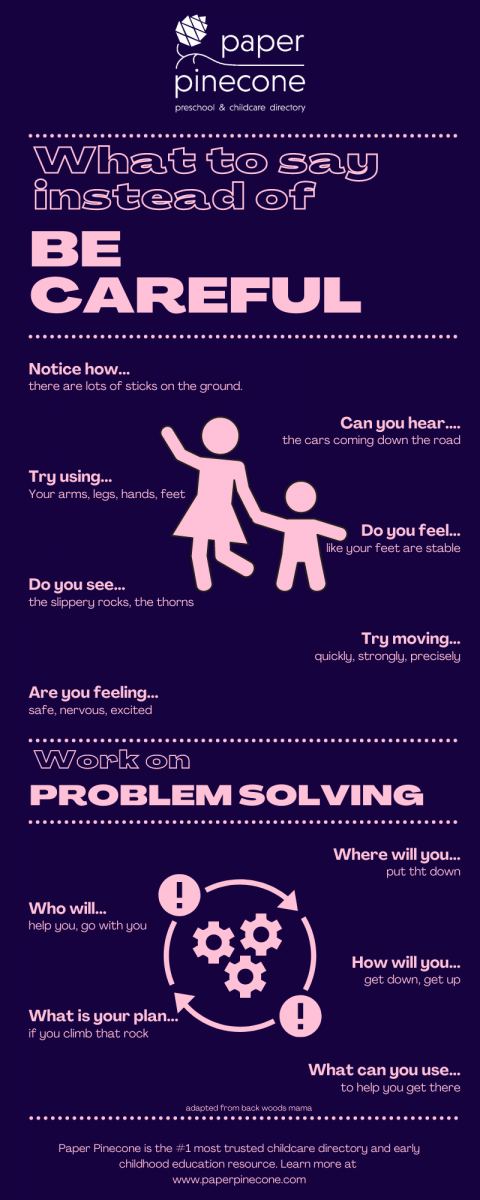Improving Health and Safety Procedures in a Childcare Setting
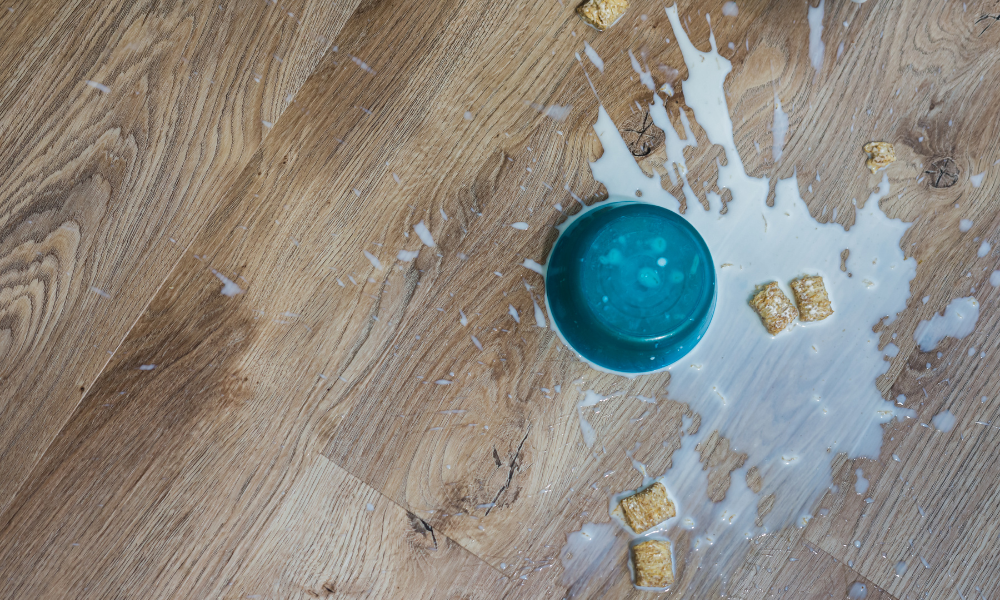
Published Date: 02/22/21
How to Improve Health and Safety in Your Daycare or Preschool
Whether you operate a center-based or home-based childcare program, the importance of child safety should not be underestimated. Parents need to feel confident that leaving their children in your care is safe and that their children’s health will not be compromised. These childcare safety tips will help you create and communicate how you keep children safe in your daycare.

Daycare Center and Family Childcare Safety Checklist
- Diligently follow state health and safety regulations and national guidelines.
- Keep handbooks and policies up to date.
- Regular cleaning and sanitizing.
- Child proof all areas accessible to children.
- Store and prepare food appropriately.
- Train staff adequately.
- Secure the facility according to local regulations.

In addition to adhering to all safety protocols, staff should have access to continuing education to ensure they’re up-to-date on all daycare center safety procedures.
By following health and safety best practices you create an environment that is built on quality that allows young children’s development to thrive.

What are the state regulations and national guidelines for childcare centers?
Health and safety regulations in daycare centers and family child care vary by state, but their primary goals are the same. Those goals are to effectively communicate the importance of child safety in childcare settings and to provide regulations that childcare programs must follow. Expanding upon each state’s basic regulation standards is a national compilation of standards and best practices by the National Resource Center for Health and Safety in Child Care and Early Education. These standards are called Caring for Our Children: National Health and Safety Performance Standards Guidelines for Early Care and Education Programs. This document is “a collection of national standards that represent the best practices, based on evidence, expertise, and experience, for quality health and safety policies and practices for today’s early care and education settings.”
Continually monitoring updates to daycare center state regulations combined with understanding national standards is a great way for childcare providers to ensure that they are aware of the latest research and recommended best practices.

Pro tip: Visit the National Database of Child Care Licensing Regulations provided by the National Center for Early Childhood Quality Assurance to find your state’s licensing regulations.
Include Daycare Safety Measures in Your Parent Handbook
Each family that has a child enrolled in your program should be provided a handbook. The handbook should detail each of your program’s policies. The policies that are put in place should provide parents with an understanding of the safety measures your daycare center or family childcare will take to ensure their infants, toddlers, and preschoolers are safe in your care. Each policy in your handbook should be based on state regulations, and early childhood best practices.
Daily Cleaning and Sanitizing Procedurs in Daycare Centers and Family Childcare
According to a study conducted by the National Center for Biotechnology Information (NCBI) they found the following:
“Children enrolled in child care centers experience more respiratory and gastrointestinal illnesses than children who are cared for full time at home or in small group settings. Moreover, illnesses commonly spread to staff, families, and household contacts, which in turn lead to absenteeism and lost productivity. Parents miss an average of 13 days per year of work because of children’s illnesses.”
Reducing the possibility of children in your daycare encountering germs that can lead to illness is vital to your program’s success; surfaces must be cleaned and sanitized regularly. This will help keep germs from spreading, and will reduce each child’s, and their families, risk of exposure. The National Association for the Education of Young Children (NAEYC) has compiled a “Cleaning, Sanitizing, and Disinfection Frequency Table.” In this document NAEYC outlines when various surfaces in your daycare should be cleaned and sanitized.
There are surfaces that must be cleaned and sanitized before and after each use. They are as follows:
- Food preparation surfaces
- Tables and high chairs
Surfaces that must be cleaned and sanitized after each use are:
- Eating utensils
- Changing tables
- Potty chairs
- Computer keyboards
NAEYC’s document provides additional information on the frequency of sanitizing high-touch areas in your daycare center or family childcare.
Read: Study Finds One Thing Reduces Spread of Cold and Flu in Preschool
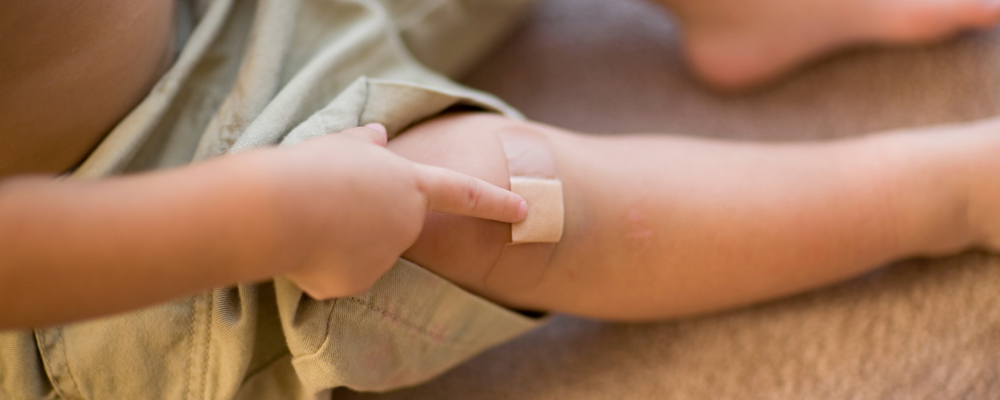
How to Childproof Your Daycare Center to Ensure Children's Safety
Childproofing indoor areas of your daycare
As mentioned, cleaning and sanitizing your daycare center is important. With this comes the use of hazardous chemicals and cleaning agents, but it is important that these cleaning agents are not ever in the reach of the children in your care. They must be put away right after use, and stored in locked cabinets that are inaccessible to children. This applies to any materials that require adult supervision. Having these items and areas locked, and inaccessible, to children will reduce their risk of ingesting harmful chemicals, being exposed to dangerous elements, and help keep children safe in your daycare center. In addition, young children should not have access to bathrooms in daycare without supervision.
Childproofing outdoor areas of your daycare
In the NCBI research, mentioned earlier, they found that the highest area of non-compliance was outdoors on the playgrounds of the centers in their study. They went on to cite that: “90,000 injuries are sustained each year by children younger than 6 years.” It is vital that daily safety checks are conducted on playground areas and equipment. Additionally, children should be wearing clothing that is appropriate for the weather they are being exposed to, and they must never be left unattended.

Pro tip: The Centers for Disease Control (CDC) recommends providers take the following steps:
- Playgrounds should have soft material underneath them (wood chips, sand, mulch, etc.)
- Equipment should be appropriate for the intended age group
- Provide guard rails to reduce the risk of falling
- Monitor playground areas for hazards (tree stumps, rocks, etc.)
Safe Meal Preparation in Daycare Centers
Children in your care eat several times throughout the day. Whether it’s a snack, a meal, or bottles of formula/breastmilk, storing and serving the food at the appropriate temperatures is important. Any daycare staff that handles food preparation should be trained and certified appropriately.
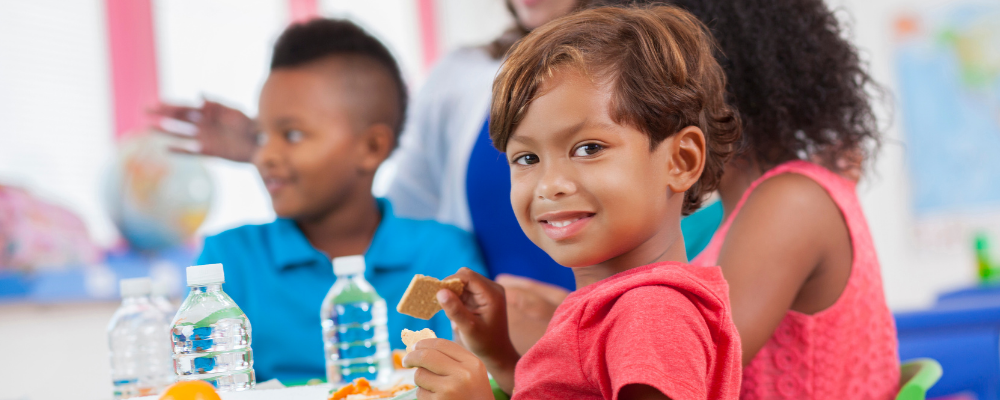
Keeping children with allergies safe in daycare
An important aspect of training should include ensuring that staff are knowledgeable about any allergies of the children in your daycare, and how to handle allergy emergencies that might arise. The CDC outlines a strategy that programs can implement. The strategy includes having a coordinated approach, with strong leadership, to create and manage a specific and comprehensive plan for managing food allergies in childcare.
The CDC further identifies the following priorities:
Ensure the daily management of food allergies for individual children:
- Identify children with food allergies.
- Develop a plan to manage and reduce the risk of food allergy reactions.
- Help older children manage their own food allergies.
Prepare your childcare for food allergy emergencies:
- Setup communication systems that are easy to use.
- Make sure staff can get to epinephrine auto-injectors quickly and easily.
- Make sure epinephrine is used when needed and someone immediately contacts emergency medical services.
- Identify the role of each staff member in an emergency.
- Prepare for food allergy reactions in children without a prior history of food allergies.
- Document the response to a food allergy emergency.
How to Keep Your Daycare Center Secure
Access to your facility should be controlled. Parents should be afforded the opportunity to access entry, during normal operating hours, without the need for advanced notice. However, you do not want any unauthorized persons afforded that same access. Utilizing one of the following systems ensures that everyone entering is authorized:
- Parents and staff are buzzed in by staff after visual identification.
- Keypads with passcodes given to staff and parents for entry.
- Bluetooth systems that sync with apps that parents can access from their smartphones.
- Key fob entry system with each parent and staff member being assigned a fob.

Pro tip: Placing camera monitoring systems at entrances can ensure that only authorized individuals come inside. To further improve safety, make sure parking lots, driveways, and any walkways are well lit and free of hazards.
Continuing Education for Daycare Staff
Early childhood professionals must be lifelong learners; best practices and research around the development of children are always expanding. To provide a high-quality childcare program, you should keep refreshing your perspectives and understanding by taking part in continuing education activities. The NCBI study found that centers who ensured that staff received 20 hours of continuing education per year were more likely to be compliant with health and safety regulations.
What is "Continuing Education"?
Continuing education are courses, seminars, or training that provides additional knowledge for a specific skill. Continuing education does not, necessarily, lead to a college degree, but it allows for further development and ensures that providers are up to date with current best practices in the early childhood field.
Related: College Degrees Should Not be Required for Childcare Workers
Compliance with health and safety regulations communicates an understanding that child health and safety are important. It creates a safe and healthy environment. There are many steps that can be taken, and a vast amount of information and resources that can be found, to help improve a program’s health and safety procedures. Those improvements will keep programs aligned with best practices and ensure that high quality programming is being provided. Most importantly, parents are reassured that their children are being cared for and nurtured in a safe and healthy environment where their children’s development can thrive.
Final Thoughts on Health and Safety In Childcare
Keeping children safe in your daycare center or family childcare is paramount. Follow all local and national daycare safety laws and regulations, clean and sanitize surfaces regularly, childproof indoor and outdoor areas of your daycare, practice safe meal preparation procedures, keep your facility safe, and communicate your daycare safety measure through your parent handbook. Additionally, providing continuing education and professional development opportunities to daycare staff will help ensure children are safe and enrolled families have a sense of security.
FAQs on Health and Safety in Childcare
1. How can I prevent accidents in my daycare?
Accidents are sometimes unavoidable, especially with young children present. However, you can prevent many accidents by ensuring all safety procedures are followed, keeping toys and books in reach of children, cleaning up spills promptly, and training staff to look for safety hazards in your childcare center or family childcare. Working on proprioception with children will improve their body awareness and help reduce accidents as well.
2. How can I improve my daycare?
There are several ways you can improve your daycare. Begin by following developmentally appropriate practice, developing a child-led curriculum, providing continuing education for your staff and engaging in it yourself, improving health and safety measures, improving your management skills, and having excellent communication with staff and with parents.
3. How do you develop children's awareness of safety in daycare?
To develop children’s awareness of safety in daycare skip the words, “Be careful,” and instead focus on teaching children safe behavior through play-based methods and working problem-solving skills. The infographic has tips on language to use.
4. What are some common health and safety issues in a childcare setting?
Some common health and safety issues in childcare settings include the spread of illnesses and infections, choking hazards, unsafe toys or equipment, inadequate supervision, lack of safe baby sleep practices, and lack of proper emergency procedures. It is important for childcare providers to be trained and knowledgeable in addressing these issues to ensure the safety and well-being of the children in their care.
5. How often should health and safety procedures be reviewed and updated?
Health and safety procedures in preschools should be reviewed and updated regularly, at least once a year or whenever there are changes in regulations or policies. It is important to ensure that the procedures are up-to-date and effective in preventing accidents and illnesses among children and staff.
6. What training should staff members have to ensure health and safety in a childcare setting?
Staff members in a childcare setting should have training in CPR and first aid, as well as knowledge of emergency procedures and protocols. They should also be trained in proper sanitation and hygiene practices, including handwashing and diaper changing procedures. Staff should be trained on safe baby sleep practices to prevent SIDS and safe food handling if food is prepared on-premise. Additionally, staff should have mandated reporter training to recognize the signs of abuse and neglect. Regular training and updates on safety procedures should be provided to ensure the health and safety of all children in the care of the facility.
By Crystal Teegarden
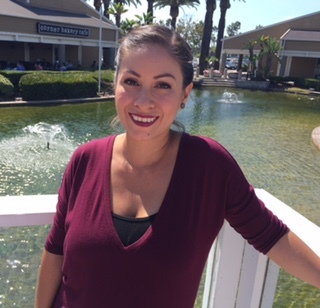 Crystal is a gentle parenting mama who loves reading, cooking, and exploring new trails with her husband and son. She is from Los Angeles but currently lives in Portland, OR where she is eating all the vegan food.
Crystal is a gentle parenting mama who loves reading, cooking, and exploring new trails with her husband and son. She is from Los Angeles but currently lives in Portland, OR where she is eating all the vegan food.
Paper Pinecone is the #1 most trusted childcare directory. Childcare providers list free so parents can find the best daycare and preschools in their area.
This post may contain affiliate links.
- stacey's blog
- Log in or register to post comments

